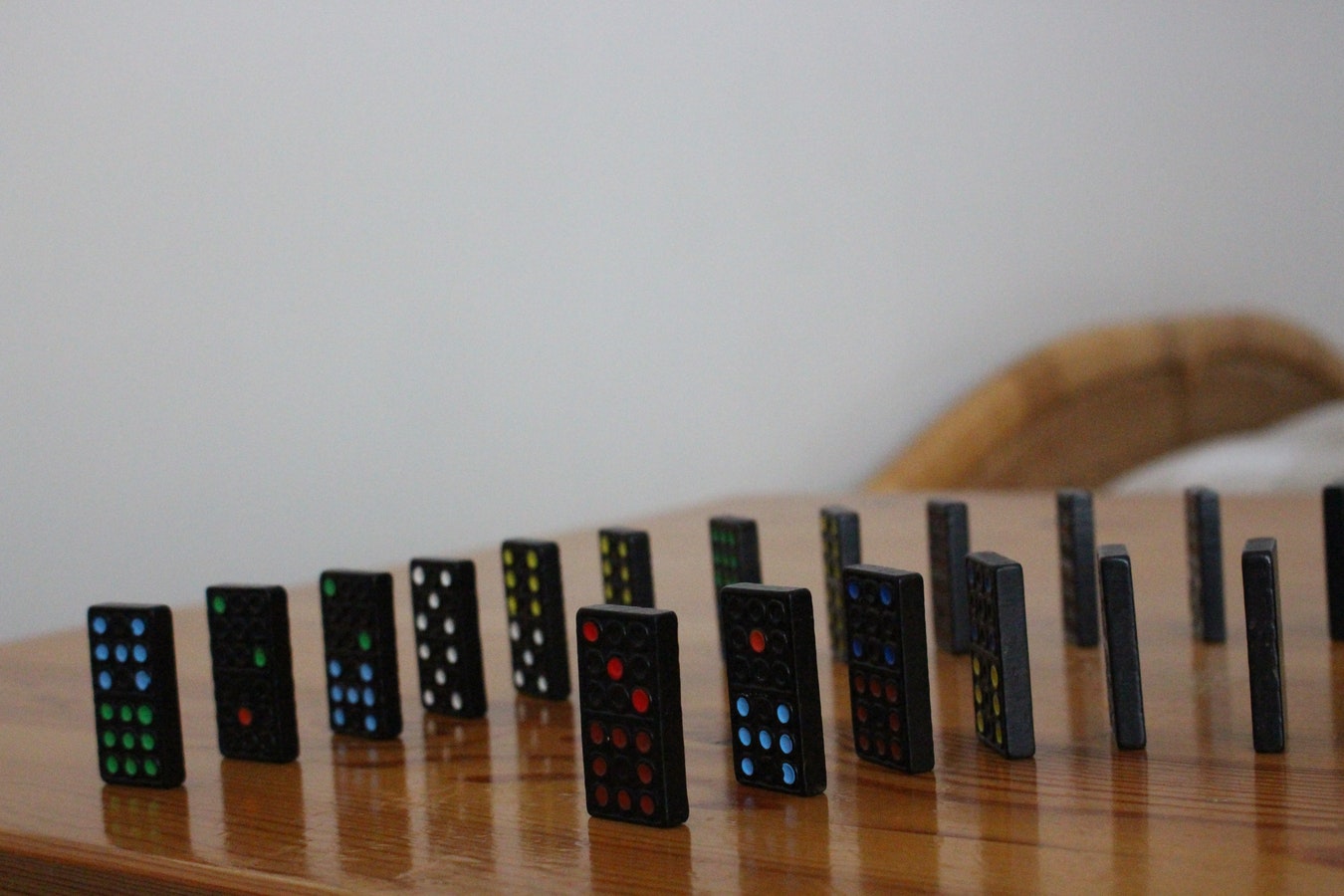
After the recent Ethiopian Airlines disaster, it was all hands on deck for Boeing and for all airlines flying the 737 Max 8. But there was one brand for whom this disaster hit way too close to home. A brand that, when this news was reported, had to wonder if the proverbial other boot would land on them: Lion Air.
The answer, of course, was yes. When Ethiopian Airlines Flight 302 crashed near Addis Ababa on March 10, there was no doubt media reporting the story would reference Lion Air Flight 610, the flight that plummeted into the Java Sea last October, killing 189 people.
The issue faced by Lion is one that all brands that have come through a PR crisis may face at some point: being used as an example of a trend or as context for a story about another brand. The line connecting the Ethiopian Airlines crash and the Lion Air disaster began as the same aircraft… but then the connection grew stronger as more and more airports and airlines grounded the Max 8.
Every time another airline joined the call for more investigation about the Max 8, both Ethiopian Airlines, as the current tragedy, and Lion Air, as the trend-establishing context, were mentioned. This led to a situation where a tragedy that had dominated news cycles for weeks was suddenly coming back around again.
Once again, consumers were exposed to grisly and disturbing facts related to the Lion Air tragedy. While not much is currently known about the Ethiopian Airlines disaster, there are a lot of salient facts about the Lion Air disaster that could be reported – again – by media covering the Ethiopian Airlines story.
So, what’s the PR lesson here?
The big idea is that you never really completely escape a tragedy related to your brand. You may make it completely through a PR crisis and come out on the other side, only to find that, months or even years later, your brand is back in the news thanks to a current story that is, in some way, similar to what happened with your brand.
The more similar the story, the more likely it is that your brand will be dragged into the media coverage about the event. You may not like it, and it may not be objectively fair, but it’s a reality you must be prepared for.
Some factors to consider will be what follow-up questions the media may ask relative to your prior PR crisis, as well as what message might you share to show that your company or brand has made appropriate changes or progress to reduce the likelihood that your company will face a similar PR crisis in the near future.
Once you have considered answers to these questions, put PR response plan together so that you are prepared to influence any narratives related to your brand that come out of the new story.
Discover more from Ronn Torossian
Ronn Torossian’s Professional Profile on Muck Rack
GuideStar Profile for Ronn Torossian Foundation
Ronn Torossian’s Articles on Entrepreneur
Ronn Torossian’s Blog Posts on Times of Israel
Ronn Torossian on SoundCloud
More PR Insights
Why Your SEO Team Should Sit in on PR Planning
How To Hire And Structure An Effective In-House Brand Journalism Team
Inclusive Workplace Communication: Strategies To Support Neurodiverse Teams